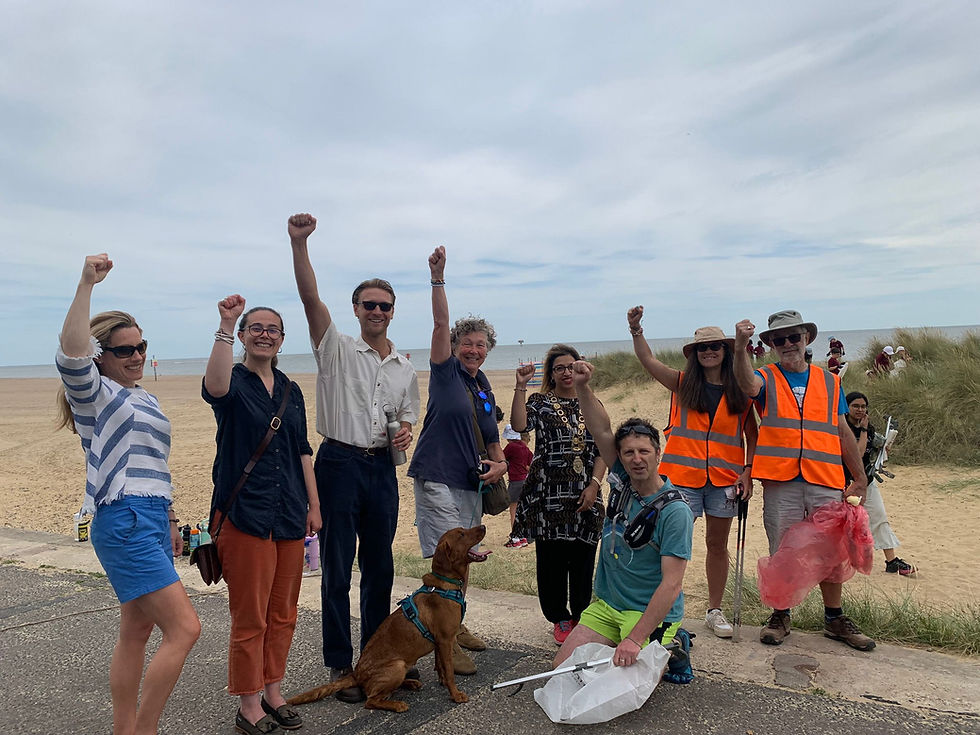From Classrooms to Coastlines: Why Environmental Education Is the Root of Systemic Change
- Nathalia Fisher
- Apr 30
- 2 min read

A few weeks ago, I visited Skegness Grammar School to speak with pupils about plastic pollution and the health of our oceans as part of our environmental education work. The timing couldn’t have been more poignant. Just days earlier, two ships collided in the North Sea—spilling oil, jet fuel, and billions of tiny plastic pellets known as nurdles into the sea. Since then, these microplastics have begun washing up along the Lincolnshire coast, including the beaches near Skegness.
We talked about that in the assembly. Where does plastic really go once it escapes the bin? What happens when it enters the food chain? How can something so small—like a nurdle—wreak such havoc? The pupils had sharp questions and clear instincts. It wasn’t just a presentation—it was a conversation. And that’s where change begins. Environmental education isn’t about lecturing—it’s about listening. About helping people connect the dots.

These tiny, lentil-sized nurdles are especially dangerous. They look like food to seabirds and marine life, and they're almost impossible to clean up once the tide takes them in. Agencies are now actively surveying our beaches from Saltfleet to Skegness, urging beachgoers to avoid touching any plastic pellets and to report sightings to local authorities. The damage is ongoing, and the environmental impact is still unfolding.
Events like this are stark reminders of the fragility of our coastlines and the systems that continue to fail them. But in that school hall, what I saw wasn’t despair—it was readiness. These pupils weren’t just absorbing facts; they were connecting the dots. Between pollution and politics. Between business and biodiversity. Between what we allow and what we could demand.
That’s why I believe environmental education is the starting point of systemic change—not just in schools, but in conversations across homes, communities, and coastlines. It’s not enough to tell people to “use less plastic.” We need to understand why plastic is everywhere in the first place—and who profits from it. We need to ask why systems that claim to protect our coastlines allow nurdles to keep showing up in our sand.
Education, when it’s done right, doesn’t just teach habits—it teaches resistance. It helps people see through marketing myths and hold polluters accountable. And it reminds us that while we may not have created this mess, we can help lead the cleanup—both literally and figuratively.
So next time you walk along the beach—whether it’s Skegness, Burnham Overy, or beyond—ask yourself: what’s really washing up here? What’s the story behind this plastic? Who should be answering for it?
The future won’t be built in policy documents alone. It will come from curious, courageous people asking questions—and demanding better answers.



Comments